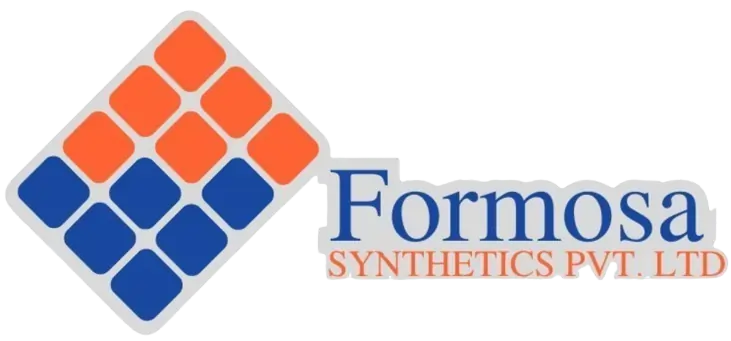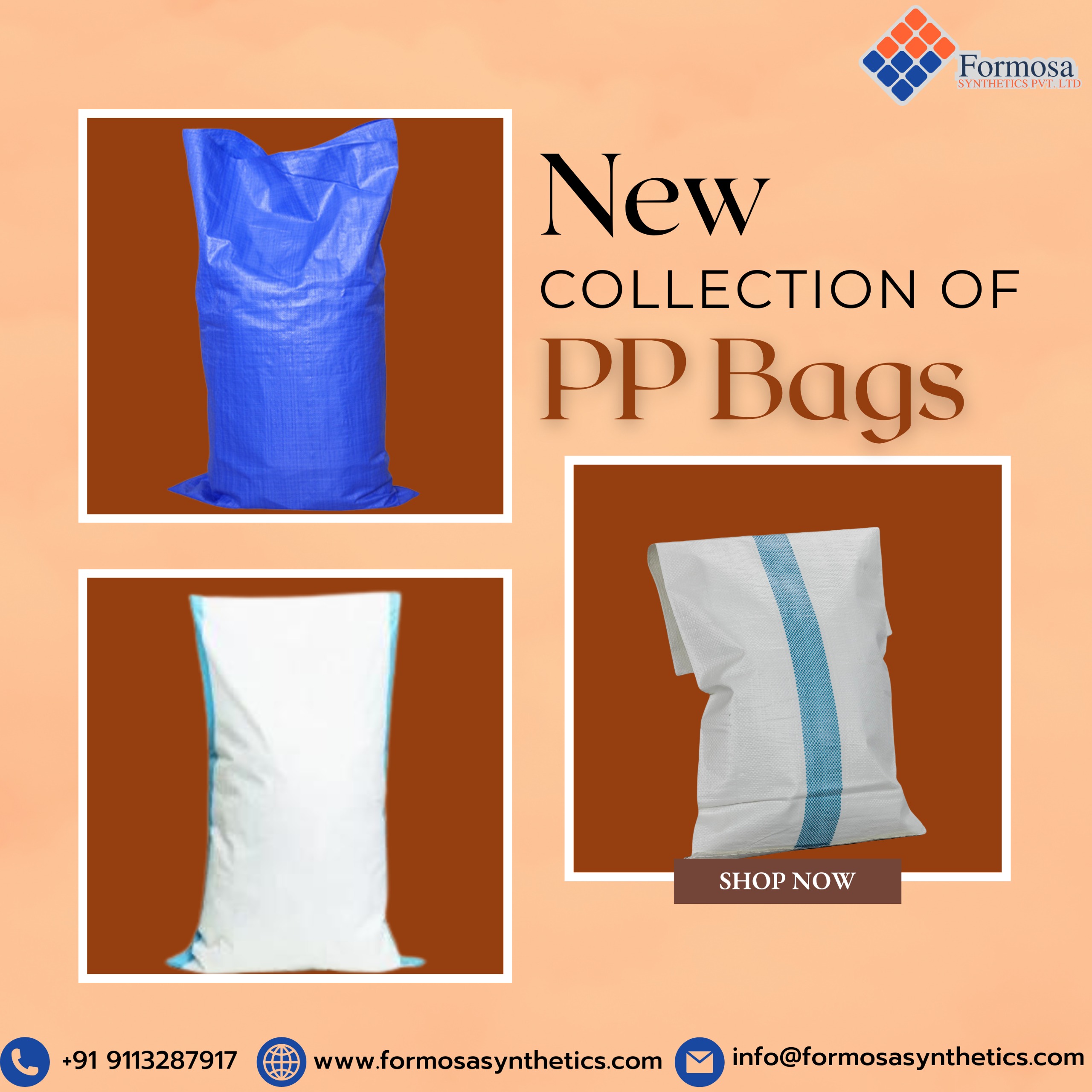Table of Contents
- Introduction
- What are PP Woven Bags?
- Myth 1: PP Woven Bags Are Not Eco-Friendly
- Myth 2: PP Woven Bags Contribute Significantly to Plastic Pollution
- Myth 3: PP Woven Bags Have a High Carbon Footprint
- Fact: PP Woven Bags Promote Sustainability
- Fact: PP Woven Bags Are Recyclable
- Conclusion
- FAQs
- LEAVE A REPLY
Introduction
Overview of PP Woven Bags
PP woven bags are made from polypropylene, a type of thermoplastic polymer known for its durability and versatility. These bags are created by weaving polypropylene strips into a sturdy fabric, which is then fashioned into bags of various sizes and shapes. PP woven bags are widely used in industries such as agriculture, construction, and retail due to their strength, reusability, and resistance to wear and tear.
Importance of Understanding Their Environmental Impact
With growing environmental concerns, it’s crucial to understand the environmental impact of PP woven bags. There are many misconceptions surrounding their sustainability, which can lead to misinformation. By exploring the myths and facts about these bags, we can make informed decisions that promote eco-friendly practices. This knowledge is essential for businesses and consumers alike who aim to reduce their carbon footprint and contribute to a more sustainable future.
Understanding the recyclability and reusability of PP woven bags, along with their role in reducing single-use plastics, highlights their potential as a sustainable packaging solution. By debunking myths and presenting factual information, we can appreciate the environmental benefits of PP woven bags and use them more effectively in our daily lives and business operations.
What are PP Woven Bags?
PP Woven Bags, short for Polypropylene Woven Bags, are highly durable and versatile packaging solutions. These bags are crafted from woven polypropylene fabric, a thermoplastic polymer known for its strength and durability.
Definition and Composition
PP Woven Bags are made by weaving strips of polypropylene, creating a strong, lightweight, and tear-resistant material. This weaving process involves:
- Extruding polypropylene into thin strips
- Weaving these strips into fabric
- Laminating the fabric for added durability and water resistance
The resulting material is then cut and sewn into bags of various sizes and shapes, suitable for numerous applications. The woven polypropylene fabric ensures that these bags can withstand heavy loads and rough handling.
Myth 1: PP Woven Bags Are Not Eco-Friendly
People often think PP woven bags aren’t eco-friendly because they are made of plastic. Many assume they cause the same environmental problems as other plastics.
Facts and Evidence Debunking the Myth
Actually, PP woven bags are more eco-friendly than you might think:
- Reusable: You can use them many times, reducing the need for single-use plastic bags.
- Durable: They last a long time, so you don’t have to replace them often.
- Recyclable: They can be recycled, which helps reduce waste and conserve resources.
Environmental Benefits of PP Woven Bags
PP woven bags offer several benefits for the environment:
- Reduced Resource Use: Since they’re reusable, fewer raw materials are needed to make new bags.
- Lower Carbon Footprint: Their long lifespan means they have a smaller overall environmental impact compared to single-use bags.
- Less Waste: Reusing these bags means fewer bags end up in landfills or as litter.
- Promotes Recycling: They can be recycled, contributing to a circular economy.
In short, PP woven bags are a sustainable choice because they’re reusable, durable, and recyclable. They help reduce waste and lower our environmental footprint.
Myth 2: PP Woven Bags Contribute Significantly to Plastic Pollution
Many people believe that PP woven bags contribute significantly to plastic pollution due to their synthetic nature. This myth arises from the misconception that all plastic-based products are equally harmful to the environment.
Lifecycle Analysis of PP Woven Bags
A detailed lifecycle analysis shows that PP woven bags have a lower environmental impact compared to single-use plastic bags. These bags are designed for durability and reuse, meaning they can replace hundreds of single-use bags over their lifetime. From production to disposal, PP woven bags require fewer resources and generate less waste, significantly reducing their overall environmental footprint.
Recycling and Reusability Factors
PP woven bags are highly recyclable and can be repurposed into various products, reducing the need for new raw materials. They are also designed for reusability, often lasting for several years with proper care. Encouraging the recycling and reusability of these bags can greatly diminish their contribution to plastic pollution, making them a more sustainable choice compared to traditional plastic bags.
By understanding these key points, it’s clear that PP woven bags offer a more environmentally friendly alternative, challenging the myth that they are a major source of plastic pollution.
Myth 3: PP Woven Bags Have a High Carbon Footprint
Some believe PP woven bags contribute significantly to greenhouse gas emissions.
Production and Transportation Emissions:
While production emits CO2, PP woven bags’ durability offsets emissions over their lifecycle.
Comparisons with Other Types of Bags:
Compared to single-use plastic bags, PP woven bags have lower carbon footprints due to reusability. Even compared to cotton or paper bags, they fare better in terms of energy and water consumption.
Fact: PP Woven Bags Promote Sustainability
PP Woven Bags: Sustainable Choices
PP woven bags are eco-friendly options due to their durability and reusability. Unlike single-use plastics, they can be used multiple times without breaking. By choosing PP woven bags over disposable plastics, we reduce waste and help the environment. Let’s embrace these durable bags to minimize plastic pollution and promote sustainability.
Fact: PP Woven Bags Are Recyclable
Recycling Processes and Challenges
PP woven bags can be recycled by shredding them into small pieces, melting the material, and forming new products. However, challenges exist due to the specialized equipment needed for processing.
Tips for Proper Disposal and Recycling
- Check Local Guidelines: Confirm if your local recycling facility accepts PP woven bags.
- Clean and Dry Bags: Ensure bags are clean and dry before recycling.
- Separate Materials: Keep PP woven bags separate from other recyclables.
- Consider Reuse: Reuse bags if recycling facilities aren’t available.
By following these tips, you can help recycle PP woven bags effectively and reduce environmental impact.
Conclusion
In conclusion, understanding the environmental impact of PP woven bags is essential for making informed decisions. Through debunking myths and presenting factual evidence, we’ve highlighted their durability, recyclability, and role in sustainability efforts. PP woven bags emerge as environmentally responsible choices, offering durability, reusability, and recyclability, thereby reducing single-use plastics and promoting sustainable packaging solutions. As consumers and businesses, prioritizing informed choices by opting for PP woven bags can contribute significantly to environmental conservation. Let’s embrace sustainable practices for a greener future.
FAQs
Do PP Woven Bags Contribute to Plastic Pollution?
No, PP Woven Bags have a lower environmental impact compared to single-use plastic bags. Their durability and reusability mean they replace hundreds of single-use bags over their lifetime, reducing overall plastic consumption and pollution.
What is the Carbon Footprint of PP Woven Bags?
While there are emissions associated with the production and transportation of PP woven bags, their durability offsets these emissions over their lifecycle. Compared to single-use plastic bags, PP woven bags have a lower carbon footprint due to their reusability.
Are PP Woven Bags Recyclable?
Yes, PP Woven Bags are recyclable. They can be shredded, melted, and repurposed into new products. However, recycling facilities may require specialized equipment for processing, so it’s essential to check local guidelines and ensure bags are clean and dry before recycling.




